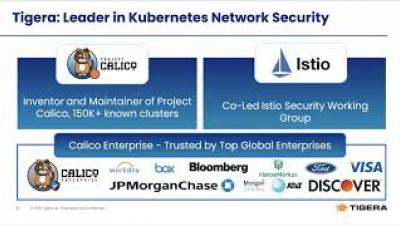Snail Mail With a Privacy Twist
A friend of mine received an interesting piece of snail mail the other day. It was one of those inheritance scam letters that usually arrive in E-Mail. In summary, the author, a high-ranking bank official, has an unclaimed inheritance that he is willing to split with the letter’s recipient if the recipient will accept the responsibility of being appointed as the heir to the deceased’s money, etcetera, etcetera. As you can see, it bears all the earmarks of the traditional scam message.











